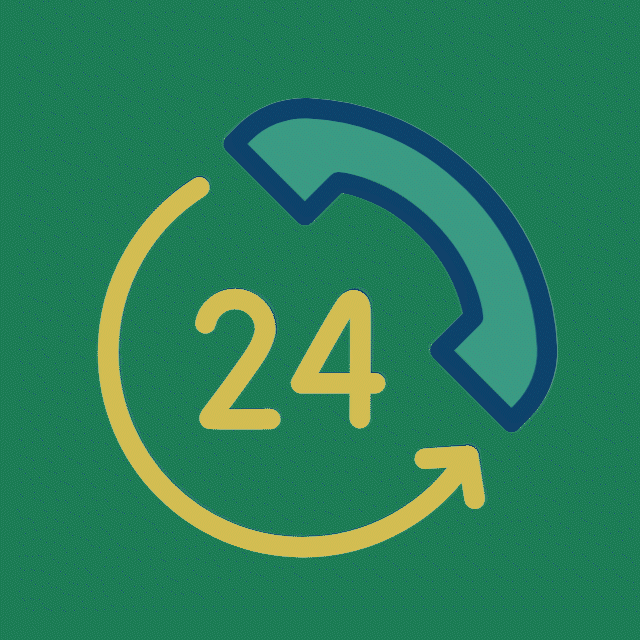Rare Earth Potential
Published On:

India seeks diversification of rare earth imports to reduce dependence on China, with Kazakhstan emerging as a key partner.
India, the third-largest carbon emitter, is pivoting towards renewable energy, increasing the demand for rare earth elements. Despite being the fifth-largest holder of these elements, India heavily relies on China for imports, with over 60% sourced from Beijing. China controls one-third of the global rare earth supply and 70% of production, using its dominance to influence global supply chains. Geopolitical tensions, such as Russia’s invasion of Ukraine, highlight the risks of over-reliance on concentrated sources.
Kazakhstan, a strategic ally of India, holds 15 of the 17 rare earth elements and presents an alternative source. Kazakhstan’s extraction technologies and agreements with Japan, Germany, the U.S., and the EU strengthen its position as a viable supplier. The country hosts advanced metallurgical plants and is expanding its role in rare earth production, including dysprosium, critical for clean energy. Projections indicate a 400% increase in Kazakhstan's rare earth mining output by 2029.
India’s renewable energy goals, including achieving 500 GW by 2030, depend on secure access to rare earth elements. India’s collaborations with Kazakhstan under the ‘India-Central Asia Rare Earths Forum’ aim to strengthen resource security, reduce Chinese dependence, and enhance sustainability. Joint ventures, private investments, and knowledge-sharing are proposed to address extraction challenges and boost bilateral trade in rare earth elements.
